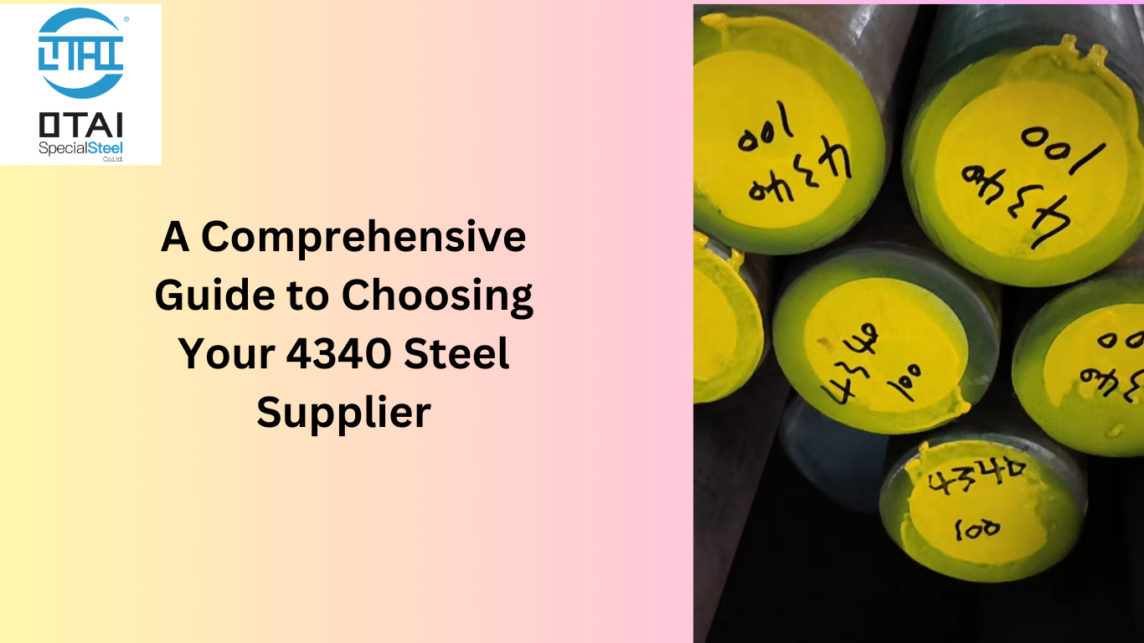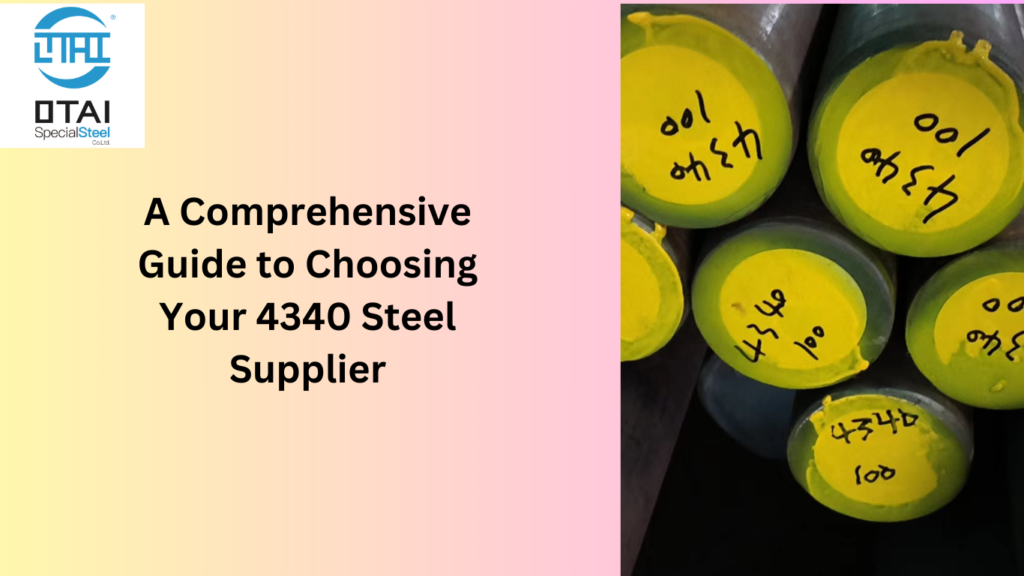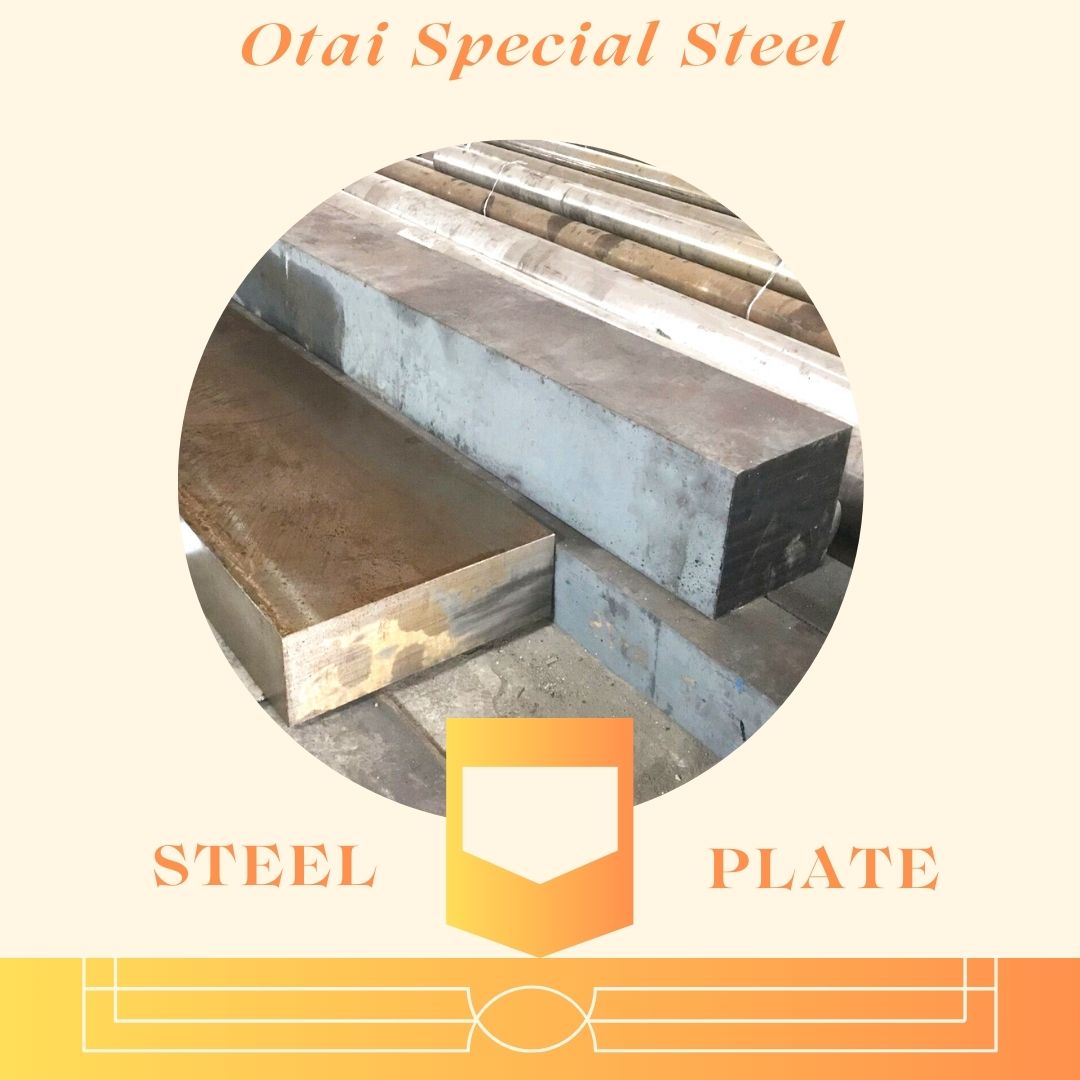The Strengths of 1.2085 Steel:Beyond the Blueprint
Greetings, Steel Professionals! Today, we’re diving deep into the world of 1.2085 steel, a material synonymous with precision and resilience. Join us as we uncover the unique features of 1.2085 steel and why OTAI stands out as your premier supplier.
Unraveling the Excellence of 1.2085 Steel
1.2085 steel isn’t just a metal; it’s a testament to precision and strength. Let’s explore its characteristics and understand why it’s an indispensable material across various applications.
The OTAI Edge with 1.2085 Steel
- Year-Round Inventory Mastery
At OTAI, we don’t just stock steel; we manage it with expertise. Our 1.2085 steel is available year-round, in all dimensions. Need rapid and precise customization? We have the capabilities to deliver.
- Customized Packaging for Optimal Protection
We recognize the significance of the steel’s journey. OTAI offers personalized packaging services, including cable tie packaging, wooden box packaging, and rust-proof packaging. Your 1.2085 steel doesn’t just arrive; it arrives in optimal condition.
- Global Trust
Become part of the global elite that relies on OTAI for their 1.2085 steel requirements. We’ve supplied to numerous top 500 companies globally, ensuring deliveries that not only meet technical specifications but leave customers highly satisfied.
Real Customer Cases for Enhanced Credibility
Case 1: Precision in Automotive Components
A leading automotive component manufacturer needed a reliable steel source. With OTAI’s 1.2085 steel, they achieved improved durability in their components, resulting in enhanced vehicle performance and a lasting partnership.
Case 2: Elevating Energy Sector Precision
A prominent energy sector company sought precision in their equipment. With OTAI and their 1.2085 steel, they achieved improved precision in critical components, leading to increased efficiency and customer satisfaction.
The Strengths of 1.2085 Steel, 1.2085 steel isn’t just steel; it’s a precision solution. Combine it with OTAI, and you have a dynamic duo ready to tackle any challenge. With constant stock, quick customization, top-notch packaging, and a global reputation, OTAI is your trusted ally in the steel journey. Elevate your business with OTAI’s 1.2085 steel, where precision meets resilience.


